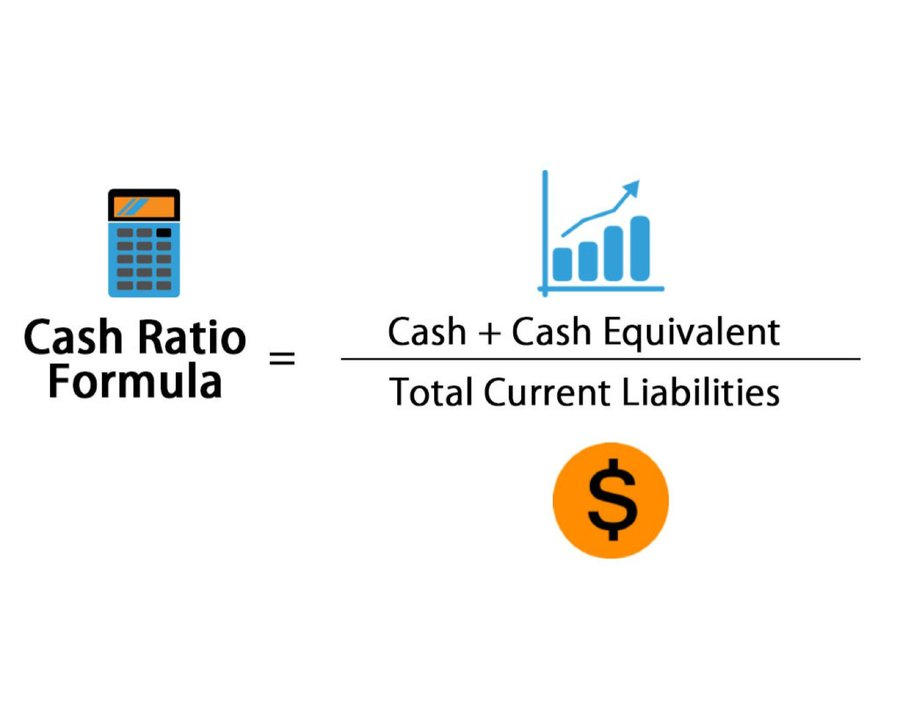How to Read a Balance Sheet in 7 Minutes
I've spent 23+ years studying Finance with the last 8 as a CFO, and I'll teach you How to Read a Balance Sheet in the next 7 minutes. A balance sheet is a snapshot of your business at a specific point in time, and it has to pay for what it owns (assets) by either borrowing money (liabilities) or bringing on investors (equity).

Clint Murphy
I simplify psychology, success and money by sharing advice from millionaires, expert authors and my life.

-
I've spent 23+ years studying Finance with the last 8 as a CFO, and
— Clint Murphy (@IAmClintMurphy) June 17, 2023
I'll teach you How to Read a Balance Sheet in the next 7 minutes: -
A balance sheet is a snapshot of your business at a specific point in time, and
— Clint Murphy (@IAmClintMurphy) June 17, 2023
It tells you whether your business is stable and financially healthy:
• Is there cash
• Can you pay your bills
• How much debt do you have
• What is the book value of the business -
• Balance Sheet Structure
— Clint Murphy (@IAmClintMurphy) June 17, 2023
The structure of a balance sheet is:
Assets = Liabilities + Equity
This formula is intuitive when you remember,
A company has to pay for what it owns (assets) by either:
• borrowing money (liabilities), or
• bringing on investors (equity) -
• Assets are What You Own
— Clint Murphy (@IAmClintMurphy) June 17, 2023
Listed top to bottom in order of liquidity, which is how fast they can be converted to cash:
• cash
• inventory (goods available for sale)
• accounts receivable (what people owe you)
• Fixed assets (land, machinery, equipment, and buildings) -
• Liabilities are What You Owe
— Clint Murphy (@IAmClintMurphy) June 17, 2023
Current liabilities are due within 1 year:
• accounts payable
• income tax payable
• current portion of debt
Long-term liabilities are due at any point after that:
• long-term debt
• mortgages payable -
• Equity is What You're Worth
— Clint Murphy (@IAmClintMurphy) June 17, 2023
If you sold your assets and paid your liabilities, equity's what's left over:
• money contributed (common shares)
• profits taken out of the business (dividends)
• earnings retained in the business (retained earnings) -
• Balance Sheet Analysis
— Clint Murphy (@IAmClintMurphy) June 17, 2023
Now that we know how the financial statement is structured,
we can talk about how to analyze it.
There are three types of ratios we'll review on the balance sheet:
• liquidity
• solvency
• profitability -
• Liquidity Ratios
— Clint Murphy (@IAmClintMurphy) June 17, 2023
Liquidity ratios show your ability to turn assets into cash and include:
• cash ratio
• quick ratio
• current ratio -
• Solvency Ratios
— Clint Murphy (@IAmClintMurphy) June 17, 2023
Solvency ratios show your ability to pay off debts and include:
• cash ratio
• quick ratio
• current ratio
• debt to equity
• interest coverage
• essential solvency ratio -
• Profitability Ratios
— Clint Murphy (@IAmClintMurphy) June 17, 2023
Profitability ratios show your ability to generate income from your balance sheet assets and include:
• return on assets
• return on equity
• return on invested capital
• return on capital employed -
• Cash Ratio
— Clint Murphy (@IAmClintMurphy) June 17, 2023
The cash ratio measures your total cash and cash equivalents against your total liabilities.
It is an indicator of your value under a worst case scenario, such as a bankruptcy or business shutdown.
A larger ratio is better. pic.twitter.com/QO7WzdiMWA -
• Quick Ratio
— Clint Murphy (@IAmClintMurphy) June 17, 2023
The quick ratio measures your ability to meet your short-term obligations with your most liquid assets - also called the acid test ratio.
A higher ratio = better liquidity and financial health. pic.twitter.com/fDiuI5BAp4 -
• Current Ratio
— Clint Murphy (@IAmClintMurphy) June 17, 2023
The current ratio measures your ability to pay short-term obligations or those due within one year, sometimes called the working capital ratio.
A ratio less than one indicates any debts due within one year are greater than your current assets. pic.twitter.com/u1VoCLWlSr -
• Debt to Equity
— Clint Murphy (@IAmClintMurphy) June 17, 2023
The debt-to-equity ratio compares total liabilities against total equity, and
It's used to evaluate how much leverage you're using in your business.
Less than 1 = safe
Greater than 2 = risky
Debt-to-equity is heavily dependent on the industry. pic.twitter.com/uBw3uQ4FMe -
• Future ratios
— Clint Murphy (@IAmClintMurphy) June 17, 2023
The following ratios will be reviewed when we look at the income statement:
Solvency:
• interest coverage
• essential solvency ratio
Profitability:
• return on assets
• return on equity
• return on invested capital
• return on capital employed -
This has been a "cheat sheet" on how to read a Balance Sheet in 7 minutes.
— Clint Murphy (@IAmClintMurphy) June 17, 2023
If you found value from this, please:
1. Follow @IAmClintMurphy
2. Retweet the first tweet:https://t.co/FGUzXovYwI -
That's a wrap.
— Clint Murphy (@IAmClintMurphy) June 17, 2023
It doesn't have to be.
Signup for the Growth Guide Newsletter and join 11,000+ other readers.
You'll receive my Free Guides to Help you:
• Live Better
• Achieve More
• Be Financially Freehttps://t.co/PgOygspsJU -
Do you listen to podcasts?
— Clint Murphy (@IAmClintMurphy) June 18, 2023
If you want to learn how to:
• Live better
• Achieve more
• Be financially free
Subscribe to my Podcast, the Growth Guide.
And, while you're there, let's agree, together, you'll rate the Podcast, my friends:https://t.co/A83deODwvm
